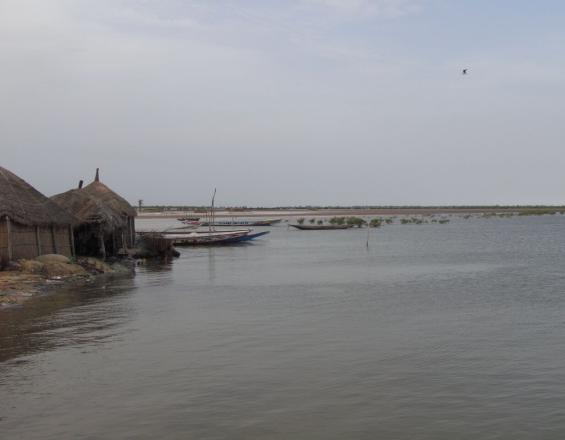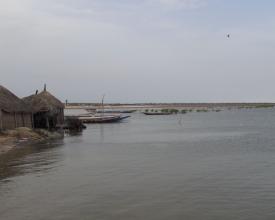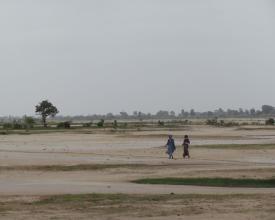
Abordar la degradación de los recursos para aumentar la resistencia al cambio climático

La Reserva de la Biosfera del Delta del Saloum, en Senegal, experimenta una tendencia a la degradación de los recursos vegetales. El uso de leña, la invasión agrícola y la salinización de la tierra están aumentando la vulnerabilidad de la población a los efectos adversos del cambio climático (sequía e inundaciones). El proyecto Ecosystems Protecting Infrastructure and Communities (EPIC) de la UICN está utilizando los conocimientos locales para reforestar zonas, restaurar tierras degradadas y regular el uso de los recursos naturales en el área protegida.
Contexto
Défis à relever
Ubicación
Procesar
Resumen del proceso
Bloques de construcción
Diseño de pasos participativos para la implicación de los pueblos
Factores facilitadores
Lección aprendida
Capacitación de las partes interesadas locales
Factores facilitadores
Lección aprendida
Documentar las estrategias y evaluar el éxito
Factores facilitadores
Lección aprendida
Creación de herramientas de sensibilización e influencia política
Factores facilitadores
Lección aprendida
Facilitación de medios de subsistencia y diversificación económica
Factores facilitadores
Lección aprendida
Impactos
EPIC está mejorando la recuperación biológica en el Delta utilizando conocimientos y prácticas locales. La técnica de "Regeneración Natural Asistida" ha restaurado 130 ha de bosque dentro de los 6 pueblos en 2014 para mejorar la calidad del suelo. Además, se están restaurando hasta 180 ha de tierra a través de un proceso participativo mediante la construcción de 59 diques antisal con materiales locales. Esto, por un lado, eliminará la causa de la salinidad y, por otro, retendrá el agua dulce, lo que, en última instancia, mejorará la fertilidad del suelo y aumentará los rendimientos hasta aproximadamente un 40%. En 2014, se formó a unas 100 partes interesadas en las técnicas de "regeneración natural asistida" y de diques antisalinos, así como en el establecimiento y mantenimiento de viveros de árboles. Se esperan más impactos en el futuro, ya que los enfoques participativos para restaurar las zonas protegidas mejoran los conocimientos y las capacidades de adaptación de las comunidades rurales. También promueven una amplia gama de beneficios colaterales, aumentando así la rentabilidad de las actividades. En total, casi 20.000 agricultores, horticultores, pastores y pescadores se verán afectados por las actividades del proyecto, lo que equivale a casi el 70% de la población total del municipio de Djilor.

